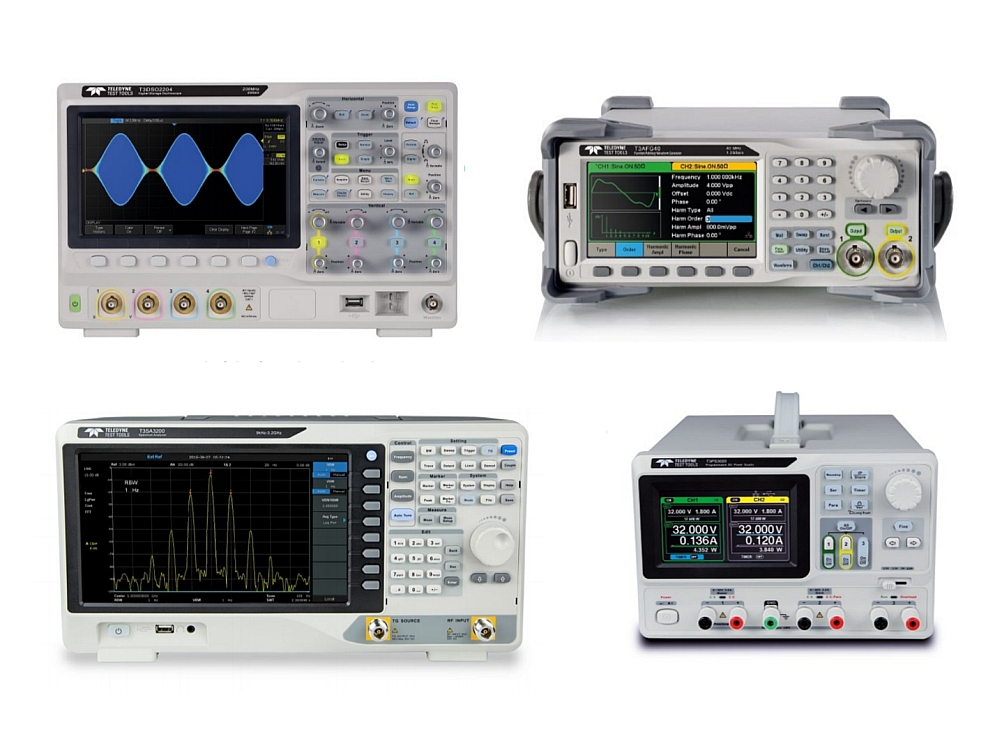

The PHQ-9 is available in multiple languages. It takes one to five minutes to complete and roughly the same amount of time for a clinician to review the responses. The Patient Health Questionnaire (PHQ) is a self-report measure designed to screen depressive symptoms. Journal of Child and Adolescent Psychopharmacology, 20(6), 513-516. Psychometric properties of the children's depression rating scale–revised in adolescents. Mayes, T.L., Bernstein, I.H., Haley, C.L., Kennard, B.D., & Emslie, G.J. Los Angeles: Western Psychological Services. Children's depression rating scale, revised (CDRS-R). Poznanski, E.O., Cook, S.C., & Carroll, B.J. It takes 10 to 15 minutes to administer and score. Covering 17 symptom areas, the scale was adapted from the Hamilton Depression Rating Scale and is set up as a semi-structured interview with the child/adolescent. The Children’s Depression Rating Scale (CDRS) was originally designed to measure changes in depressive symptoms in children ages 6 to 12, but its validity and reliability have also been demonstrated in the adolescent population (up to 18 years old). Child and Adolescent Psychiatry and Mental Health, 10, Article ID 1. Evaluation of psychometric properties and factorial structure of the pre-school child behaviour checklist at the Kenyan Coast. Kariuki, S.M., Abubakar, A., Murray, E., Stein, A., & Newton, C.R.J.C. International Journal of Mental Health, 7(3-4), 24-42. The child behavior profile: An empirically based system for assessing children’s behavioral problems and competencies. The CBCL has been translated into various languages.Īchenbach, T.M. Additional versions are available, including the Teacher’s Report Form and Youth Self-Report (from age 11). It takes parents five to 10 minutes to complete the questionnaire. The Child Behavior Checklist (CBCL) is a standardized questionnaire administered to parents to obtain reports of their children’s social competence and behavioral problems. The Child Behavior Profiles were designed for children and adolescents ages 6 to 18. Applied Health Economics and Health Policy, 15(2), 127-137. EQ-5D and the EuroQol group: Past, present and future. (90)90421-9īrooks, R., & EuroQol Group (1996).EuroQol: The current state of play.

The EuroQol Group (1990) EuroQol - A new facility for the measurement of health-related quality of life. The EQ-5D is available in a wide range of languages and is used worldwide. There is a version for adults (age 16 and older) and the EQ-5D-Y for children/adolescents (8 to 15 years). Respondents can complete the questionnaire in under five minutes. It was introduced as a health-related quality of life measure by a group of European researchers, the EuroQol Group. The instrument measures quality of life in five dimensions: mobility, self-care, usual activities, pain/discomfort and anxiety/depression. The EQ-5D is a standardized, non-disease specific instrument for describing and evaluating health-related quality of life. European Journal of Psychological Assessment. Confirmatory factor analysis of the Center for Epidemiologic Studies Depression Scale in oncology with examination of invariance between younger and older patients. Saracino, R.M., Cham, H., Rosenfeld, B., & Nelson, C.J. Applied Psychological Measurement, 1(3), 385-401.

The CES-D Scale: A self-report report depression scale for research in the general population. The scale takes about 20 minutes to administer, including scoring. It has been tested across gender and cultural populations and maintains consistent validity and reliability. The CES-D can be used for children as young as 6 and through older adulthood. It includes 20 self-report items, scored on a 4-point scale, which measure major dimensions of depression experienced in the past week. The Center for Epidemiologic Studies Depression Scale (CES-D) was designed for use in the general population and is now used as a screener for depression in primary care settings. Reliability and validity of the Beck Depression Inventory-II with adolescent psychiatric inpatients. Osman, A., Kopper, B.A., Barrios, F., Gutierrez, P.M., & Bagge, C.L.
#INSTRUMENTS QUIZ RANGE MANUAL#
Manual for the Beck Depression Inventory-II. Archives of General Psychiatry, 4(6), 561-571. Validity and reliability of the BDI has been tested across populations, worldwide.īeck, A.T., Ward, C.H., Mendelson, M., Mock, J., & Erbaugh, J. The BDI takes approximately 10 minutes to complete. The inventory contains 21 self-report items which individuals complete using multiple choice response formats. The Beck Depression Inventory (BDI) is widely used to screen for depression and to measure behavioral manifestations and severity of depression.


 0 kommentar(er)
0 kommentar(er)
